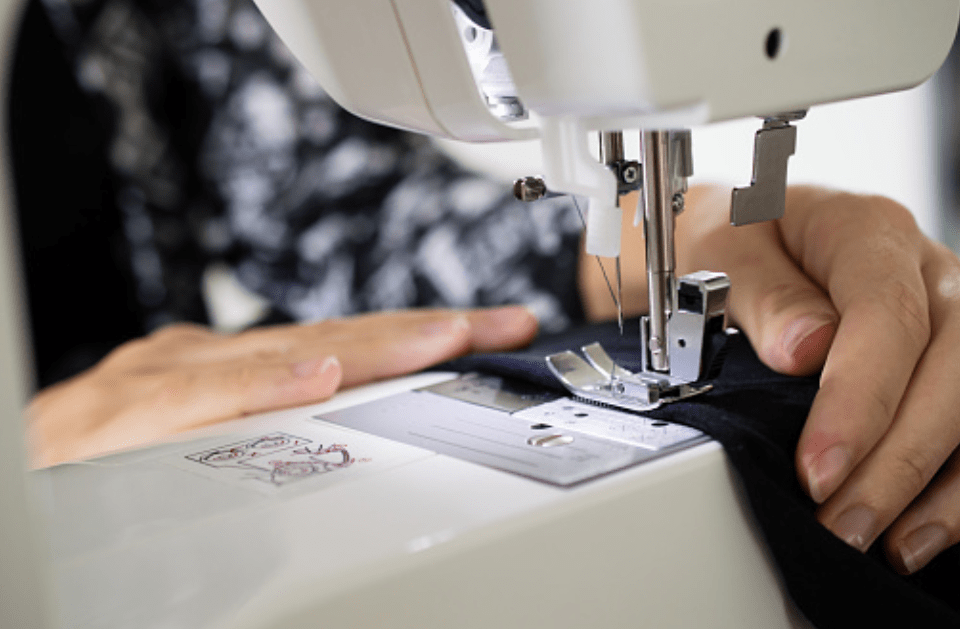Launching a custom clothing line is exciting—but let's be honest, it can also feel like navigating a maze. From sketching your first design to receiving that final shipment, every step matters. I’ve been there, and I want to walk you through the five key phases that can make or break your production journey.
Custom clothing production involves five essential phases: 1) Design Brief & Tech Pack Preparation, 2) Sampling & Prototyping, 3) Fabric Sourcing & Trims Confirmation, 4) Bulk Production & Quality Control, and 5) Packaging, Shipping & Final Delivery. Each phase requires clear communication, attention to detail, and collaboration between the brand and manufacturer to ensure a successful outcome.
Let’s dive into each phase to understand how to navigate them effectively.
What Should You Prepare Before Manufacturing Starts?
Before production begins, it's crucial to provide detailed information to your manufacturer. This includes a comprehensive tech pack, which outlines every aspect of your design, from measurements to materials. Clear communication at this stage prevents misunderstandings and costly mistakes later on.
Key Elements to Include in Your Tech Pack
A well-prepared tech pack should contain:
- Flat Sketches: Front, back, and side views of the garment.
- Measurements: Detailed sizing information.
- Bill of Materials (BOM): List of fabrics, trims, and other materials.
- Construction Details: Stitch types, seam allowances, and other specifications.
- Colorways: Information on color options and placements.
- Labels and Tags: Placement and design of branding elements.

The Importance of a Comprehensive Tech Pack
Creating a detailed tech pack is like providing a blueprint for your garment. It ensures that everyone involved in the production process understands your vision and can execute it accurately. Without it, you risk miscommunication, delays, and additional costs.
How Does Sampling Bring Your Design to Life?
Sampling is the process of creating a prototype of your garment to evaluate its design, fit, and construction. It's an essential step that allows you to make necessary adjustments before mass production.
Types of Samples and Their Purposes
- Fit Sample: Tests the garment's fit and sizing.
- Photo Sample: Used for marketing and promotional purposes.
- Size Set Sample: Evaluates the garment across all intended sizes.
The Role of Sampling in Quality Assurance
Sampling helps identify potential issues early in the process. By reviewing and adjusting samples, you can ensure that the final product meets your quality standards and design expectations.
How Do You Confirm Materials Before Bulk Production?
Before moving to mass production, it's vital to confirm all materials and trims. This includes sourcing fabrics, approving color swatches, and selecting appropriate trims like buttons and zippers.
Steps in Material Confirmation
- Fabric Sourcing: Choose fabrics that align with your design and quality standards.
- Color Approval: Confirm colors using Pantone references or physical swatches.
- Trim Selection: Decide on the types and styles of trims to be used.
- Certification Checks: Ensure materials meet necessary certifications, such as GOTS or OEKO-TEX.
Ensuring Consistency and Quality in Materials
Confirming materials beforehand helps maintain consistency in your final product. It also prevents delays caused by last-minute changes or shortages.
What Happens During Bulk Production and Quality Control?
Bulk production is where your design is manufactured at scale. This phase includes cutting, sewing, finishing, and labeling the garments. Quality control is conducted throughout to ensure each piece meets your standards.
Stages of Bulk Production
- Cutting: Fabrics are cut according to patterns.
- Sewing: Garments are assembled.
- Finishing: Includes ironing, trimming, and adding labels.
- Quality Control: Inspections are conducted to catch defects and ensure consistency.
Managing Production Timelines and Quality
Effective communication with your manufacturer during this phase is crucial. Regular updates and inspections help keep the production on schedule and maintain quality.
How Are Your Custom Garments Packaged and Delivered?
Once production is complete, garments are packaged and prepared for shipping. Packaging options can range from standard to eco-friendly materials, depending on your brand's values.
Considerations for Packaging and Shipping
- Packaging Materials: Choose materials that protect the garments and align with your brand image.
- Shipping Methods: Decide between air, sea, or express shipping based on cost and delivery timelines.
- Customs and Documentation: Ensure all necessary paperwork is prepared to avoid delays.
Ensuring a Smooth Delivery Process
Clear communication with your logistics provider and understanding shipping regulations help ensure your products reach their destination without issues.
Conclusion
Navigating the custom clothing production process requires careful planning and collaboration. By understanding each phase—from design to delivery—you can create high-quality garments that resonate with your customers and reflect your brand's vision.





